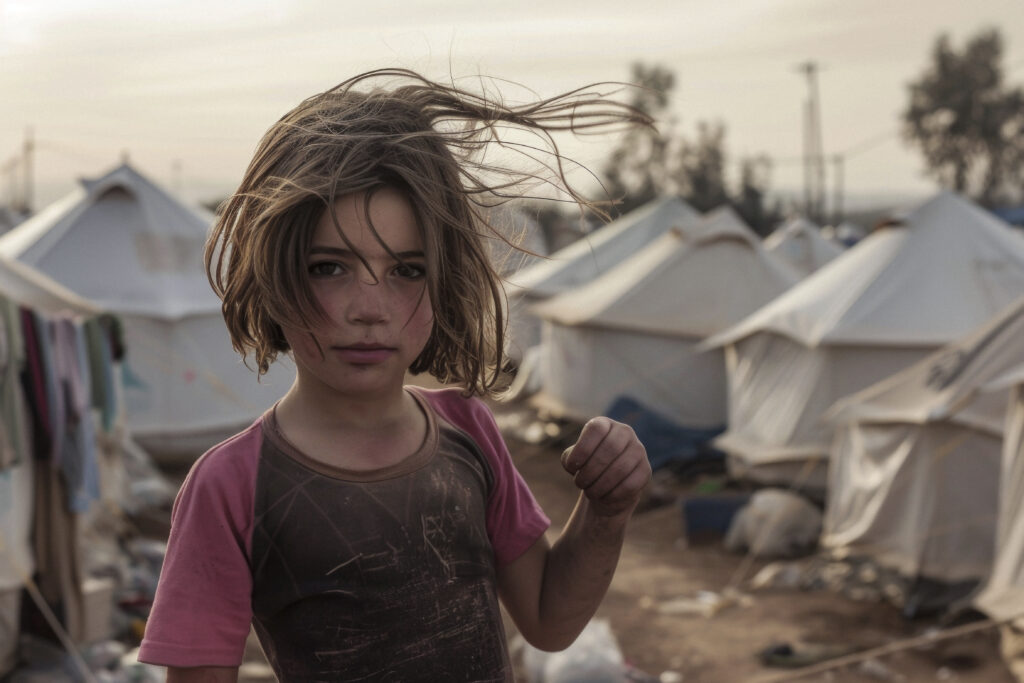Why Do Poorer Countries Seem Happier Than Wealthier Ones?
Why do we often see smiling faces and warm, welcoming people in poorer countries while depression, anxiety, and other mental health disorders are rising in wealthier nations? This paradox challenges common assumptions about happiness, wealth, and well-being.
While higher-income nations offer greater financial security, healthcare, and technological advancements, they also face growing mental health crises. Meanwhile, people in economically disadvantaged regions, despite facing hardships, often report higher levels of life satisfaction. What explains this contrast?

1. The Science of Happiness: Wealth vs. Well-Being
The relationship between income and happiness has been studied extensively. The Easterlin Paradox, proposed by economist Richard Easterlin, suggests that while higher income improves happiness up to a certain point, beyond basic needs, additional wealth does not lead to increased life satisfaction.
A 2018 study published in Nature Human Behaviour found that “emotional well-being plateaus at an annual income of around $75,000 USD, suggesting that once basic needs are met, money has diminishing returns on happiness.”
Psychologist and Nobel laureate Daniel Kahneman reinforces this idea:
“High income improves evaluation of life but not emotional well-being.”
This suggests that wealth alone does not guarantee happiness. Instead, factors like social connections, cultural mindset, and work-life balance play significant roles.
2. Strong Social Bonds vs. Individualism
One of the biggest differences between poorer and wealthier societies is the emphasis on community and social bonds. In developing countries, families often live together or in close-knit communities, fostering strong support networks.
A study published in the Journal of Happiness Studies (2019) found that “people in collectivist cultures, which prioritize community over individual achievements, report higher levels of life satisfaction than those in individualistic societies.”
Social scientist Robert Putnam, in his book Bowling Alone, explains:
“Social connectedness is one of the most powerful predictors of happiness. Strong relationships with family, friends, and neighbors provide emotional support and meaning in life.”
In contrast, developed countries emphasize individualism, leading to increased loneliness. The Harvard Study of Adult Development, one of the longest-running studies on happiness, found that:
“The strongest predictor of happiness and health is not wealth or fame, but the quality of our relationships.”

3. Lower Expectations, Greater Contentment
Happiness is often influenced by expectations. In wealthier nations, people are constantly exposed to high societal standards, career pressures, and material comparisons, amplified by social media.
Psychologist Barry Schwartz, in his book The Paradox of Choice, argues:
“More choices and higher expectations often lead to dissatisfaction, anxiety, and regret.”
Meanwhile, people in less developed regions often focus on present joys rather than future anxieties. Their expectations are often simpler, and they may feel gratitude for small things that people in wealthier nations take for granted.
A 2020 study in Psychological Science concluded that “happiness is closely linked to one’s ability to adapt and find joy in daily experiences rather than external achievements.”
4. The Burden of Modern Life in Wealthy Countries
Despite economic prosperity, modern life in wealthier nations has brought increased stress, work pressure, and social isolation. A 2022 report by the World Health Organization (WHO) found that depression rates are significantly higher in high-income countries than in low-income ones.
Dr. Jean Twenge, a psychologist specializing in generational behavior, notes:
“Technological advancements and social media have created an environment where people feel more isolated, leading to a rise in mental health issues, especially among young adults.”
In contrast, in many poorer regions, people spend more time outdoors, engage in face-to-face interactions, and rely on traditional support systems.
5. Work-Life Balance: A Double-Edged Sword
In developed countries, work often dominates life. Long working hours, job-related stress, and financial pressures contribute to burnout. The OECD’s Better Life Index consistently shows that “countries with better work-life balance report higher happiness levels.”
Meanwhile, in developing nations, despite economic struggles, people often maintain a more relaxed approach to work. A study published in the Journal of Economic Psychology found that in many cultures where financial success is less emphasized, people report greater day-to-day happiness.
As Dalai Lama once said:
“The purpose of our lives is to be happy, not to chase material wealth.”
Conclusion: What Can We Learn from This Paradox?
The paradox of happiness in poorer vs. wealthier countries teaches us that well-being is influenced by social connections, expectations, cultural attitudes, and work-life balance—not just wealth.
As societies grow richer, they must prioritize mental health, foster social bonds, and redefine success beyond material achievements.
Happiness, it turns out, may be less about what we have and more about how we live.
Sources & References:
- Easterlin, R. A. (1974). Does Economic Growth Improve the Human Lot? University of Pennsylvania.
- Kahneman, D., & Deaton, A. (2010). High Income Improves Evaluation of Life but Not Emotional Well-Being. PNAS.
- Harvard Study of Adult Development (2015). The Secret to Happiness? Good Relationships.
- Putnam, R. (2000). Bowling Alone: The Collapse and Revival of American Community.
- Twenge, J. (2021). iGen: Why Today’s Super-Connected Kids Are Growing Up Less Rebellious, More Tolerant, Less Happy.
- World Health Organization (WHO) Mental Health Report (2022).

